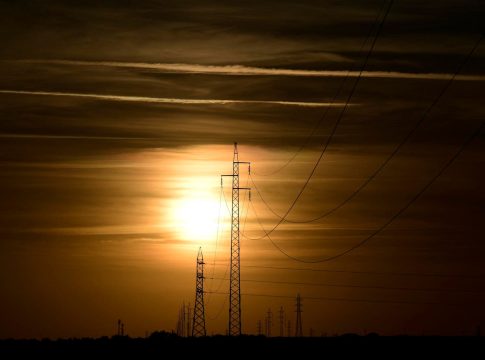Power Outages Highlight Urgent Need for Resilient Energy Solutions Amid AI Growth
On April 28, 2025, a massive power outage blanketed the Iberian Peninsula and parts of southern France. Millions found themselves in the dark as businesses shut down and travel plans were disrupted. This incident is raising pressing questions about how to meet the soaring energy demands of artificial intelligence (AI) and data centers while relying on sustainable energy sources.
The Role of Renewables and Reliability
Recent advancements in renewable energy technologies—especially in energy storage and smart grid management—are enabling cleaner energy to better support the burgeoning needs of AI. For instance, renewables supplied 70% of power during the Iberian blackout. However, issues arose not from the renewable sources themselves but from the grid’s inability to quickly adapt to unforeseen disruptions.
Jim Spencer, CEO of Exus Renewables North America, emphasized that renewables are essential for powering AI data centers since they are both cost-effective and instrumental in driving economic innovation.
The Debate Over Energy Sources
Political narratives often pit traditional energy sources against renewables, especially during outages. Proponents of fossil fuels argue that wind and solar power are intermittent and require backup systems like natural gas. The recent blackout has reignited this debate, highlighting the urgent need for a hybrid energy approach that combines renewable and non-renewable resources for greater stability.
Notably, technologies like grid-enhancing systems and large-scale battery storage—whose costs have plummeted by 85% since 2010—are crucial for minimizing outages while accommodating the relentless demand from AI. These tools can act as safety nets, ensuring that fluctuations in energy supply do not cripple operations.
Innovations in Wind Energy
Innovative companies are emerging to tackle the challenges of renewable energy generation. For example, Wind Harvest has developed vertically-oriented wind turbines capable of generating power even under harsh and variable conditions. These turbines can effectively harness wind energy regardless of weather conditions, providing resilience and stability to the grid.
Meeting Growing Demands
As AI technology advances rapidly, the immediate challenge lies in ensuring that dedicated energy frameworks are prepared to meet the next wave of demand. The rising number of AI data centers necessitates reliable backup solutions, ideally relying on clean energy pathways like battery storage or fast-acting natural gas plants. Existing technologies like clean hydrogen and small modular reactors have yet to scale effectively, leaving a gap filled by natural gas.
Industry Outlook and the Future of Energy
The landscape of energy consumption is shifting dramatically as many tech giants—including Google and Microsoft—commit to operating entirely on renewable energy. This trend arises not only from regulatory pressures to cut emissions but also from strategic business interests in sustainability.
As the next decade unfolds, the addition of approximately 260,000 megawatts of renewable capacity to the U.S. grid is anticipated—predominantly from solar and wind sources. This surge will necessitate robust grid upgrades to manage increased power flow effectively.
Final Thoughts
The blackout over the Iberian Peninsula serves as a crucial reminder of the vulnerabilities intertwined with our energy systems. Addressing these challenges demands a concerted effort in research and innovation towards resilient energy solutions that can meet the real-time demands of a data-hungry future driven by AI. The need for a diversified, reliable energy strategy is not just an engineering issue; it’s rapidly becoming a necessity for sustaining technological progress and economic growth.

Writes about personal finance, side hustles, gadgets, and tech innovation.
Bio: Priya specializes in making complex financial and tech topics easy to digest, with experience in fintech and consumer reviews.

